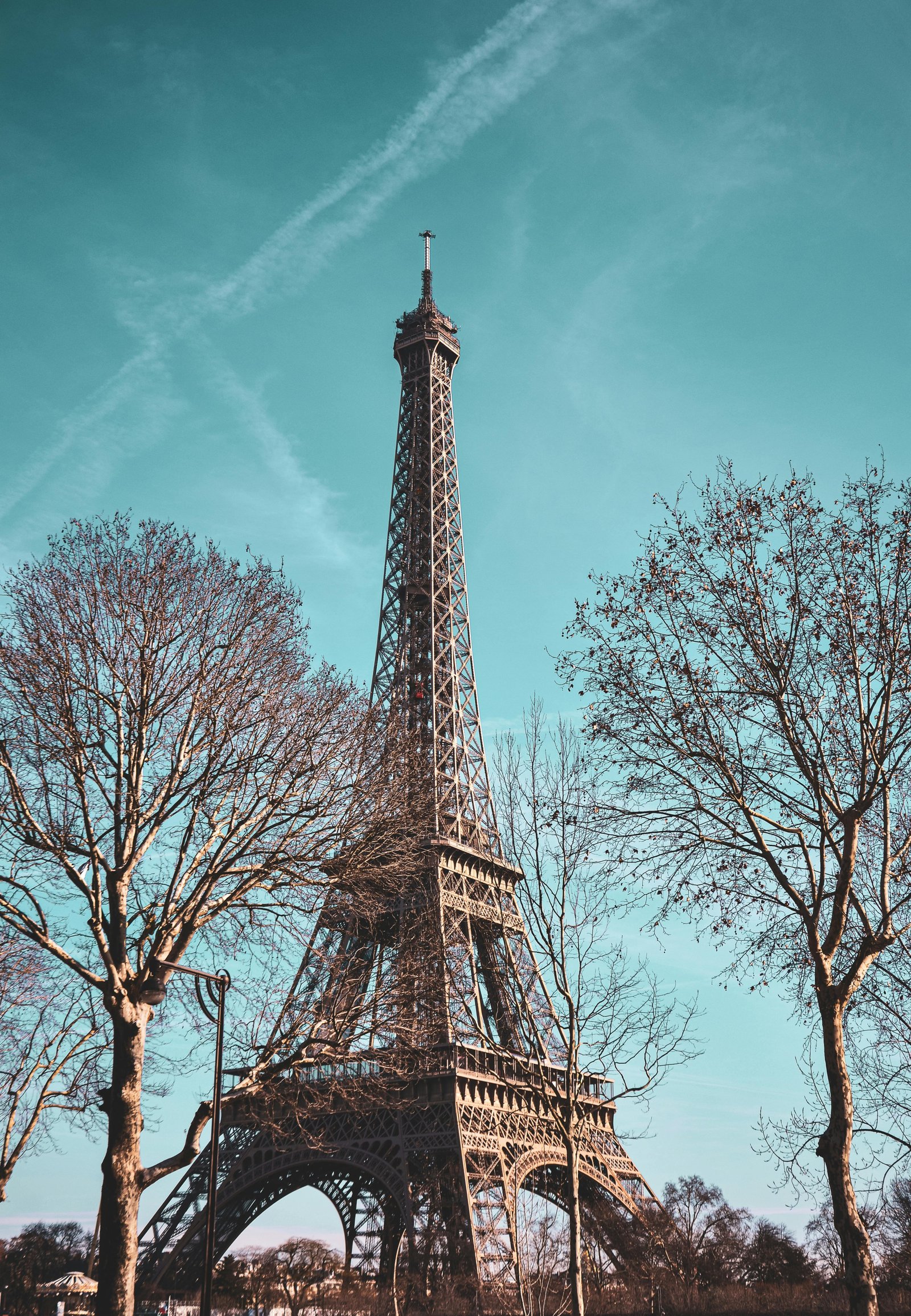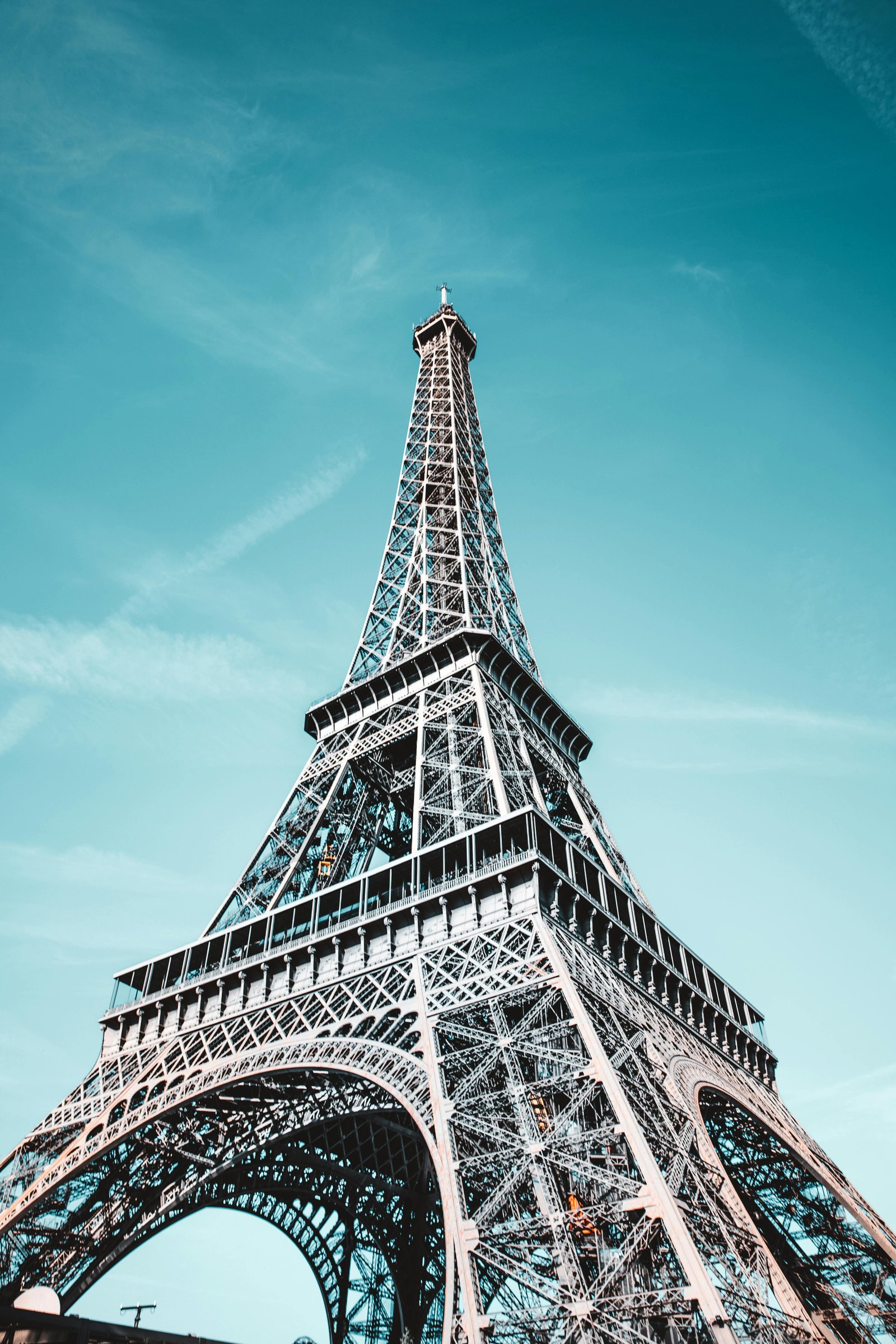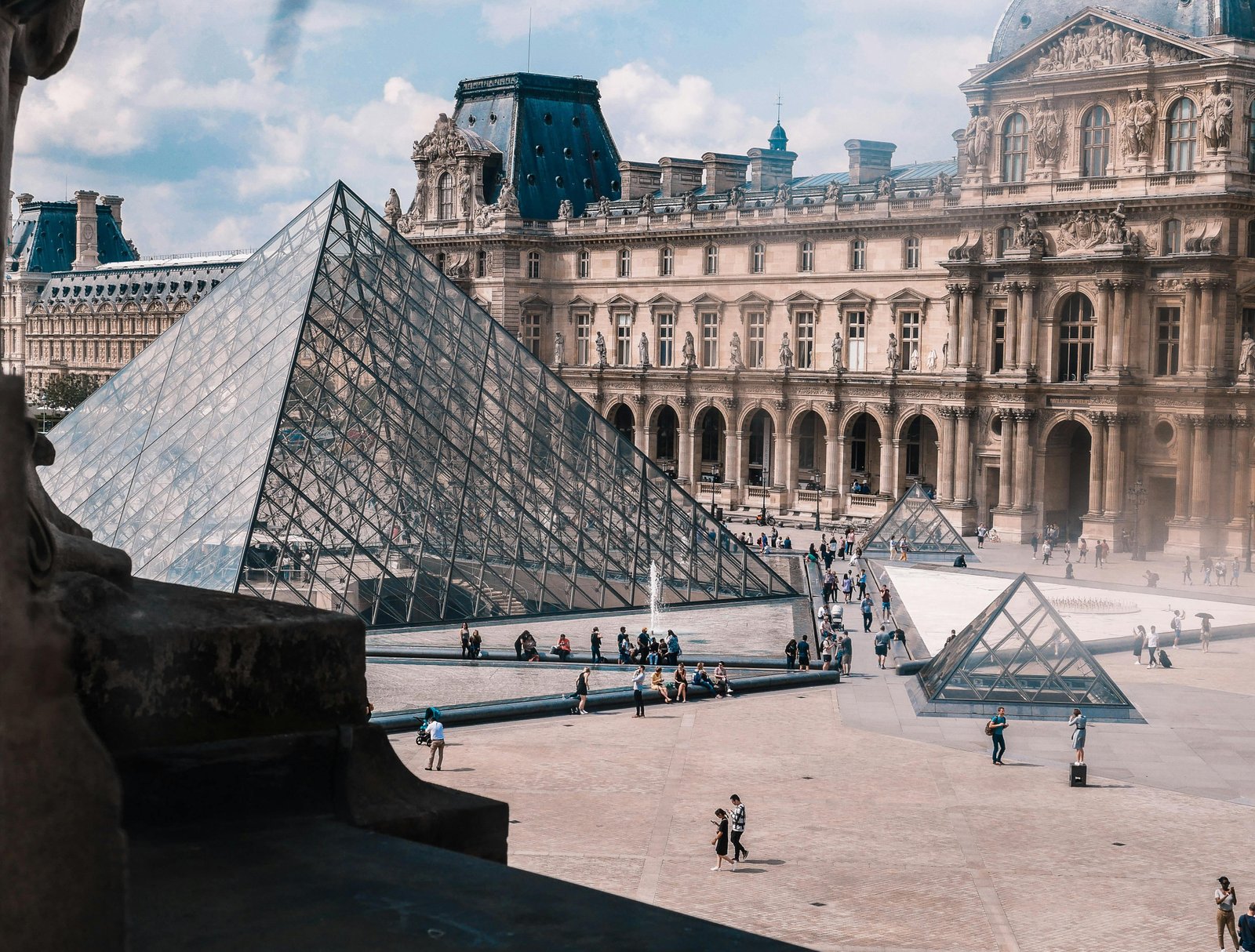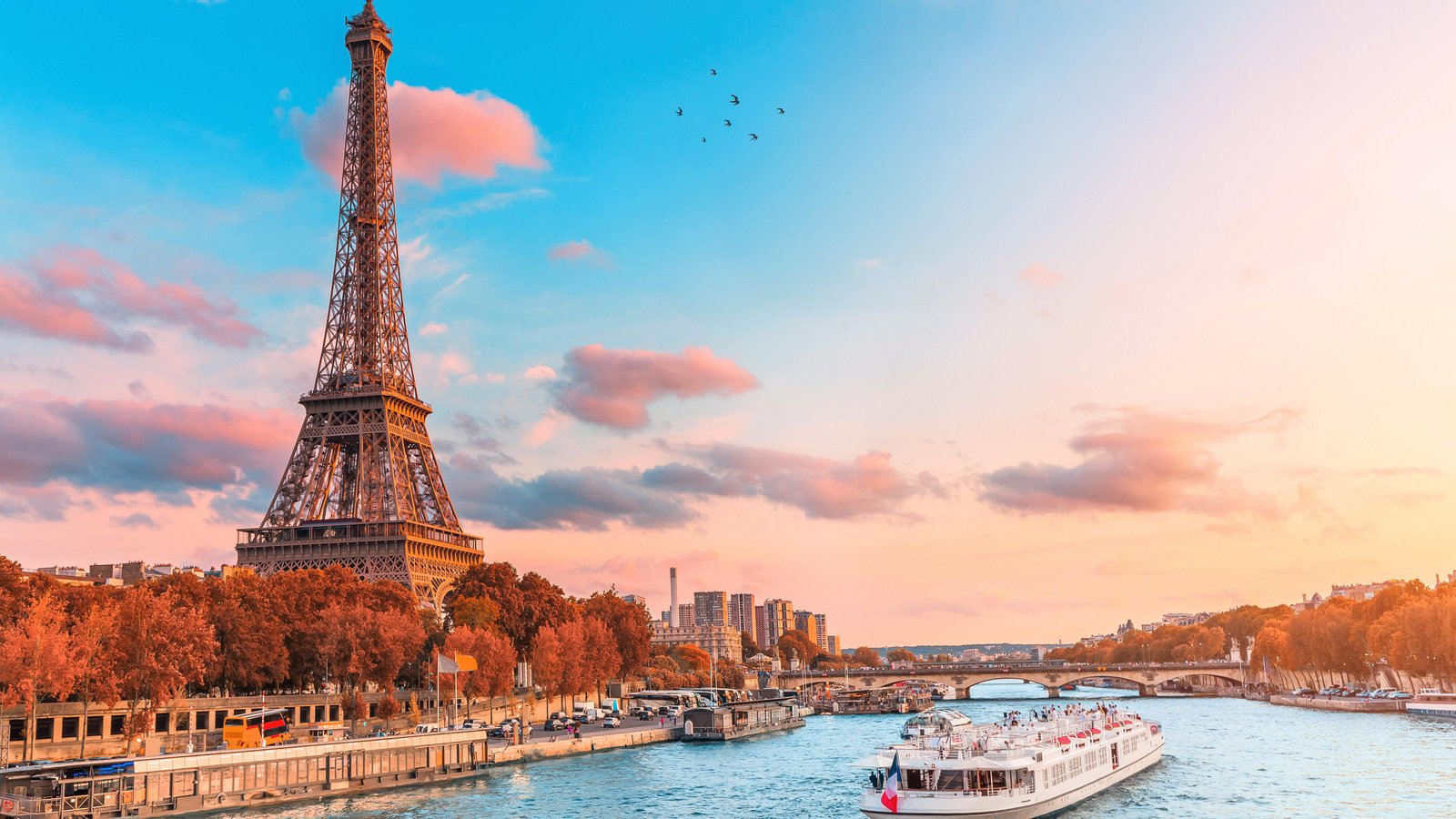Muscat, the capital city of Oman, is a captivating blend of traditional Arabian architecture and modern design, reflecti...
Timeless Elegance: The Architectural Marvels of Paris
Paris, the capital of France, is renowned for its stunning architecture that spans several centuries and reflects various artistic and cultural movements. The city's architectural landscape is a testament to its rich history, from the medieval period to the modern era.
One of the most iconic structures in Paris is the Eiffel Tower, designed by Gustave Eiffel and completed in 1889 for the Exposition Universelle. Standing at 324 meters tall, the tower was initially criticized by some of the era's leading artists and intellectuals but has since become a global symbol of France and an engineering marvel.

The Gothic architecture of Paris is epitomized by the Notre-Dame Cathedral, whose construction began in 1163 and took over a century to complete. The cathedral's flying buttresses, ribbed vaults, and rose windows are quintessential features of Gothic architecture. Despite the devastating fire in 2019, efforts are underway to restore this iconic monument to its former glory.
The Sainte-Chapelle, another Gothic masterpiece, was built in the mid-13th century by King Louis IX to house relics of the Passion of Christ. The chapel is renowned for its stunning stained glass windows, which depict biblical scenes and flood the interior with colorful light.
The Renaissance period brought a new architectural style to Paris, characterized by symmetry, proportion, and the use of classical elements. The Louvre Palace, originally a medieval fortress, was transformed during the Renaissance into the grand royal residence it is today. The addition of the Louvre Pyramid in 1989, designed by architect I.M. Pei, created a striking contrast between the old and the new.
Baroque architecture also left its mark on Paris, with the Palace of Versailles being the most notable example. Although located just outside the city, Versailles was the seat of political power in France from 1682 until the French Revolution. The palace's opulent design, with its grand halls, intricate decorations, and expansive gardens, reflects the absolute power and wealth of the French monarchy.

The neoclassical style, which emerged in the mid-18th century, sought to revive the principles of classical architecture. The Panthéon, initially conceived as a church, is a prime example of this style. Its imposing dome and grand portico are reminiscent of ancient Roman temples. Today, the Panthéon serves as a mausoleum for notable French figures, including Voltaire, Rousseau, and Victor Hugo.
The 19th century saw significant urban transformation under the direction of Baron Haussmann, who was commissioned by Napoleon III to modernize Paris. Haussmann's renovation included the creation of wide boulevards, uniform building facades, and the introduction of green spaces such as parks and squares. This period also saw the construction of the Opéra Garnier, a masterpiece of Beaux-Arts architecture designed by Charles Garnier.
Art Nouveau, which emerged at the end of the 19th century, brought a more organic and ornamental approach to architecture. Hector Guimard's entrances to the Paris Métro are quintessential examples of this style, with their sinuous lines and floral motifs.
The 20th century introduced modernist and contemporary architecture to Paris. The Centre Pompidou, designed by Renzo Piano and Richard Rogers and completed in 1977, is a striking example of high-tech architecture. Its exposed structural elements and colorful exterior make it one of the most recognizable landmarks in Paris. Similarly, La Défense, the city's major business district, showcases a variety of modern skyscrapers and innovative designs, including the Grande Arche, a monumental building and a modernist reinterpretation of the Arc de Triomphe.
Another notable modern addition to Paris is the Fondation Louis Vuitton, designed by the renowned architect Frank Gehry. Completed in 2014, this contemporary art museum and cultural center features a stunning glass structure resembling a sailing ship, blending Gehry's signature deconstructivist style with the surrounding Bois de Boulogne park.
The 21st century continues to witness the evolution of Paris's architectural landscape. The Philharmonie de Paris, designed by Jean Nouvel and completed in 2015, is an example of contemporary architecture pushing boundaries. Its striking aluminum-clad exterior and innovative acoustic design make it a landmark for music lovers.

Paris’s commitment to preserving its historic architecture while embracing modernity is evident in projects like the restoration of the Gare d'Orsay into the Musée d'Orsay, which now houses an extensive collection of Impressionist and post-Impressionist masterpieces. The seamless blend of the old Beaux-Arts railway station with new museum spaces is a testament to the city's architectural ingenuity.
In addition to its famous buildings, Paris is characterized by its charming neighborhoods and hidden gems. The Marais district, with its narrow medieval streets and historic mansions, offers a glimpse into the city's past. The Latin Quarter, home to the Sorbonne University, is known for its vibrant intellectual atmosphere and eclectic mix of architectural styles, from medieval to contemporary.
Montmartre, perched on a hill in the north of Paris, is another iconic neighborhood. The Basilica of the Sacré-Cœur, with its Romanesque-Byzantine architecture, dominates the skyline and offers panoramic views of the city. Montmartre's bohemian history, immortalized by artists like Picasso and Toulouse-Lautrec, adds to its unique charm.

Paris is also renowned for its bridges, which connect the city's left and right banks across the Seine River. The Pont Neuf, despite its name meaning "New Bridge," is the oldest standing bridge in Paris, completed in 1607. Its elegant arches and iconic sculptures make it a beloved landmark. The Pont Alexandre III, an ornate bridge completed in 1900, is another architectural marvel, adorned with Art Nouveau lamps, cherubs, and gilded statues.
The city's dedication to green spaces is evident in its beautifully designed parks and gardens. The Jardin des Tuileries, originally created by Catherine de' Medici in the 16th century, is a formal garden that stretches between the Louvre and the Place de la Concorde. The Luxembourg Gardens, commissioned by Marie de' Medici in the early 17th century, offer a more relaxed and picturesque setting with its tree-lined promenades, fountains, and the iconic Medici Fountain.
In summary, Paris's architecture is a rich tapestry of styles and periods, each contributing to the city's unique character and charm. From the grandeur of Gothic cathedrals to the innovation of contemporary structures, Paris remains a living museum of architectural excellence. Its ability to preserve its historical heritage while embracing modernity ensures that it will continue to inspire and captivate visitors and residents alike for generations to come.
Share:




